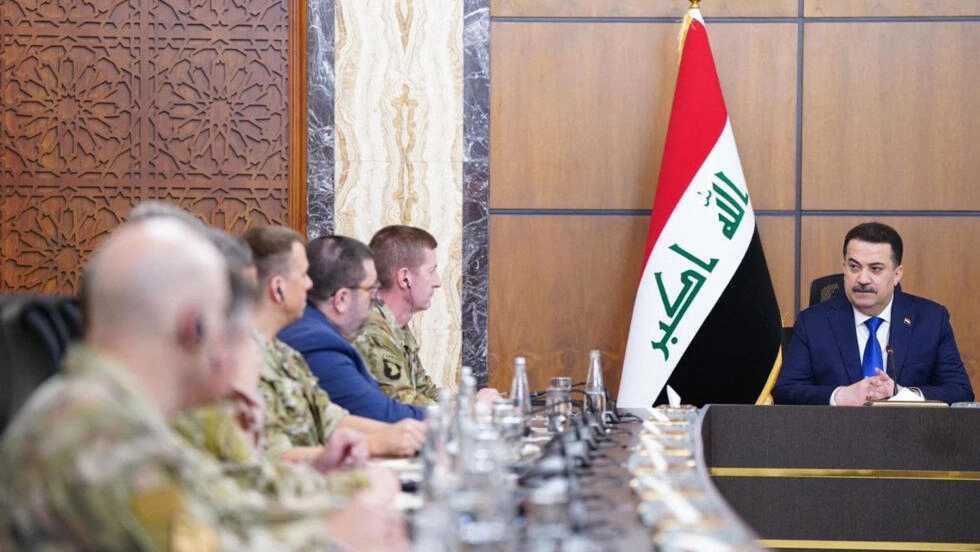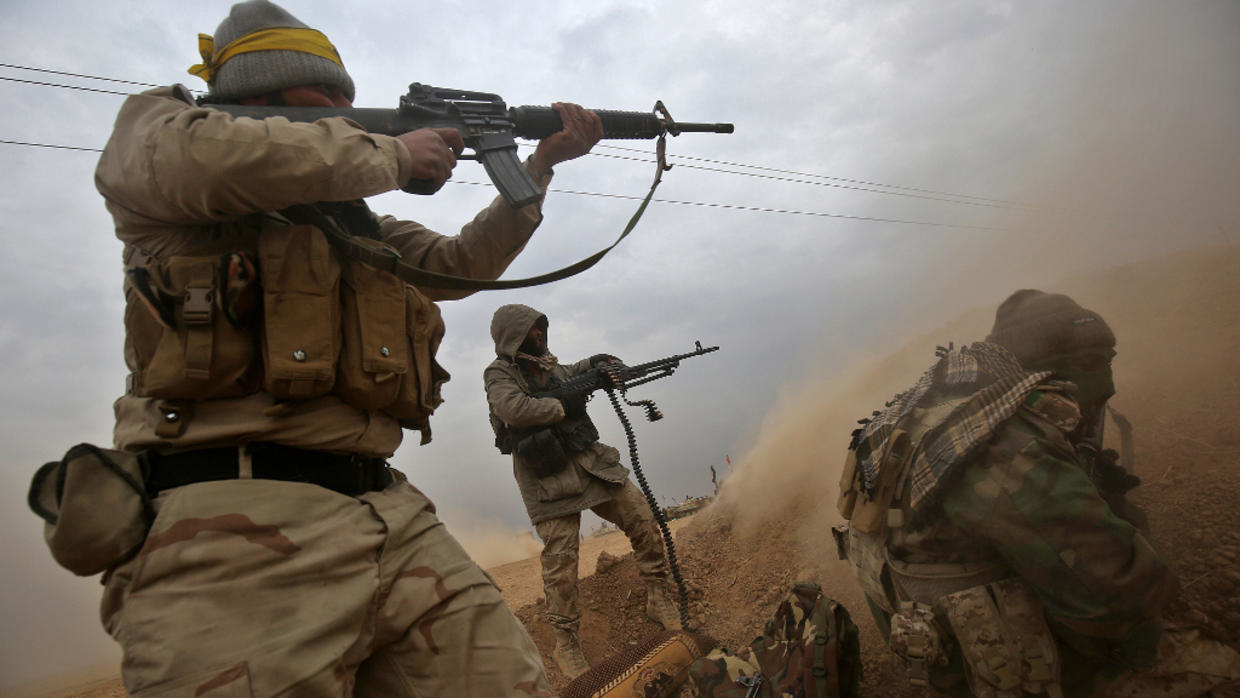
This article is more than
6 year old
The U.S. strikes appeared limited in scope and narrowly tailored, targeting five weapons storage facilities used by Kataib Hezbollah militants - including facilities used to store weaponry for past attacks on U.S.-led coalition troops, the Pentagon said.
Iraq's military said in a statement that the U.S. air strikes hit four locations in Iraq.
The U.S. military did not estimate how many people in Iraq may have been killed in the strikes, which officials said were carried out by piloted aircraft.
But there no was no indication of the kind of high-profile killings that President Donald Trump authorized in January, when the United States targeted a top Iranian general, Qassem Soleimani.
U.S. Defense Secretary Mark Esper, in a Pentagon statement detailing the strikes, cautioned that the United States was prepared to respond again, if needed.
"We will take any action necessary to protect our forces in Iraq and the region," Esper said.
Trump had been quick to authorize the U.S. military to respond following Wednesday's attack in Iraq, in which militants fired dozens of 107 mm Katyusha rockets from a truck, striking Iraq's Taji military camp north of Baghdad.
Out of the roughly 30 rockets fired, some 18 hit the base. No one has claimed responsibility for the attack.
It was the third time in recent months the U.S. military lashed out against Kataib Hezbollah. It killed more than two dozen militants in December in response to an attack on an Iraqi base that killed a U.S. contractor. The U.S. military drone strike in January that targeted Soleimani also killed Kataib Hezbollah founder Abu Mahdi al-Muhandis.
It was unclear whether the latest strikes would deter the militants from further action. The rocket attack on Taji took place on what would have been Soleimani's 63rd birthday, suggesting the militants were still looking for revenge.
Further attacks?
Dennis Ross, a former U.S. ambassador now at the Washington Institute for Near East Policy think tank, cast doubt on the Pentagon's ability to deter Kataib Hezbollah.
"Regrettably, these attacks on our forces will continue as Iran has no problem fighting to the last of the Shia militias and believe they can force us out of Iraq," he said on Twitter.
Iran retaliated for the U.S. drone strike that killed Soleimani by launching missiles from its territory at an Iraq base hosting U.S. troops - leaving more than 100 U.S. forces with brain injuries.
In the latest attack, 14 U.S.-led coalition personnel were wounded, including American, British, Polish and other nationals. Private-industry contractors were among the wounded.
U.S. Army General Mark Milley, chairman of the Joint Chiefs of Staff, told Pentagon reporters that five of the wounded were categorized as "urgent," suggesting serious injuries that could require rapid medical evacuation.
The UK named its fallen service member as Lance Corporal Brodie Gillon. The United States has not yet identified the U.S. service members killed.
In a sign of concern that tensions between the United States and Iran could be headed toward open conflict, the Democratic-led U.S. House of Representatives passed legislation on Wednesday to limit Trump's ability to wage war against Iran.
The Republican president has been engaged in a maximum-pressure campaign of renewed sanctions and near-constant rhetoric against Iran, after pulling the United States out of the international nuclear deal reached during the administration of his Democratic predecessor, Barack Obama.
Tensions between Washington and Tehran have mostly played out on Iraqi soil in recent months.
Iran-backed paramilitary groups have regularly been rocketing and shelling bases in Iraq that host U.S. forces and the area around the U.S. Embassy in Baghdad.
(REUTERS)